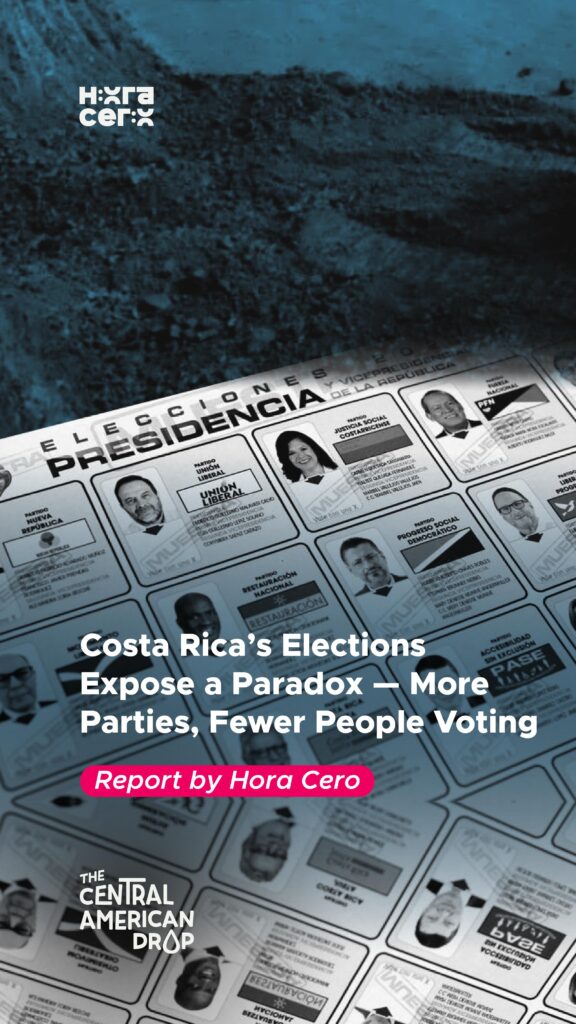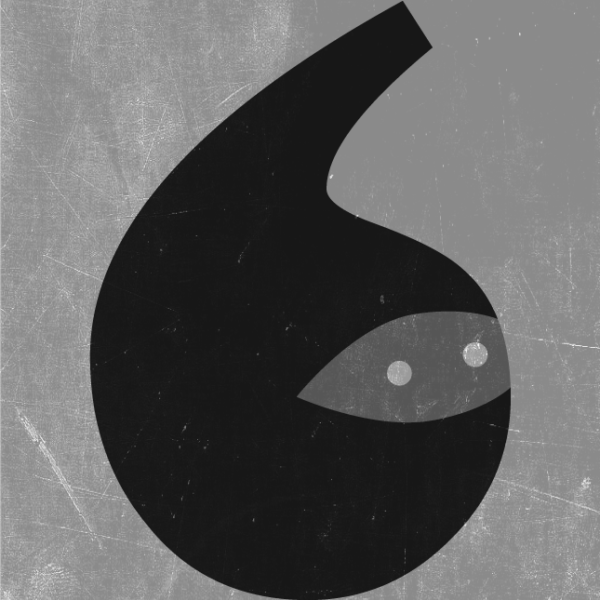
Costa Rica’s Elections Expose a Paradox — More Parties, Fewer People Voting
Maldito País
octubre 28, 2025
The Supreme Electoral Tribunal authorized the participation of 20 candidates for the 2026 presidential elections. The second-highest number in history after the 25 candidates in 2022.
The 20 candidates will run through 21 political groups (two of which will compete in coalition). Of these 21 parties, 13 had already participated in the 2022 elections, and 8 will be competing for the first time.
In recent years, political parties have become mere electoral vehicles with little or no popular support in Costa Rica. The disconnect between parties and citizens has created enormous discontent with the country’s political class.
Disenchantment with traditional party politics explains the rise to power of Rodrigo Chaves, a former World Bank official who was sanctioned for sexual harassment. The current president obtained 16% of the votes in the first round. The abstention rate was 40%.
According to provisional data from the Supreme Electoral Tribunal, the electoral roll is made up of 3.7 million people. Of those of voting age, 50.7% are between 35 and 64 years old, 33% are young people under 34, and 16.3% are over 65.
According to the latest poll by the Center for Political Research and Studies (CIEP), 57% of the national electorate doesn’t know who to vote for. The ruling Social Democratic Progress Party has failed to translate the president’s popularity into the race.
The fragmentation of the party system has opened the door to authoritarian personalities. The electorate has focused its interest on party figures rather than on their political projects.
Most political options are ideologically concentrated in the center or center-right; there are very few options on the center-left, and this is reflected in each party’s proposals.
The number of conservative and religious leaders has significantly increased in the country.


